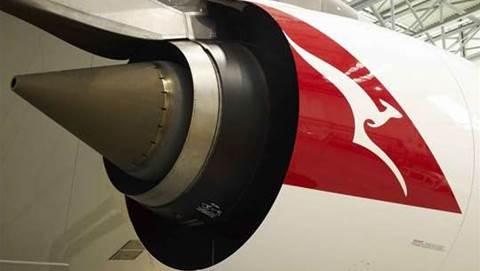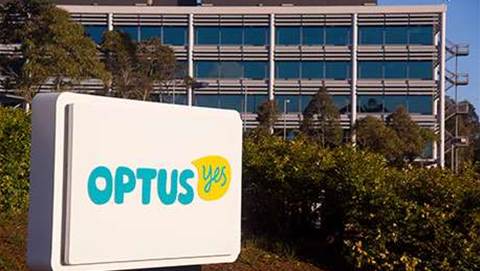The Digital Transformation Agency (DTA) says the public service’s technology talent pool needs to double in size within five years as demand to upgrade legacy government systems grows.

In its first ever digital insights report focused on the Australian Public Service (APS), the agency predicted the sector was facing a shortfall of 8000 qualified technology workers unless current recruitment rates accelerated over that period.
“The APS must double its digital workforce by 2030,” the DTA said.
“If continued annual growth of seven percent is assumed (although predictions by the Australian Technology Council and Australian Computing Society predict a higher rate), the APS will have some work to do in attracting, building and developing the workforce required in the future.”
The DTA report said that there were currently 7876 technology employees in the Commonwealth public sector as of 2024.
The DTA expects 3944 technology workers to join the public sector workforce between now and 2030.
However, it also predicts that 4246 tech employees will retire or be lost to attrition over the same period - around one-in five current technology employees.
It said that that government departments and agencies would need to rethink how they attract IT professionals.
“The APS won’t be able to rely on the market to secure its digital workforce requirements for the digital future,” the DTA added.
The agency said that its predictions resonated with those of the Future Skills Organisation, which currently forecasts that Australia’s shortfall of technology workers will reach 61,000 within five years.
The DTA report identified two key factors influencing government department and agency tech teams, and their need to maintain healthy digital talent streams.
The first, it said, was the need for 75 percent of non-corporate government entities to upgrade enterprise resource planning (ERP) systems over the next five years as support for those platforms ends.
The DTA expects that government agencies will increasingly transition to SaaS-based ERP systems, reducing demand for developers with advanced technical skills.
Instead, demand for workers skilled in configuration, integration, and data migration and optimisation will increase, the DTA said.
The government’s need to manage digital systems that rely heavily on legacy platforms would also be influenced by a skills shortfall, the DTA said.
“Workforce risks are one of the key risks [to the systems], as 20 percent of [them] are already experiencing workforce resourcing challenges,” the DTA wrote.
The agency said that 40 percent of systems it surveyed across government needed “significant investment” as they're at legacy stage or nearing it.
A path forward
The DTA identified priority areas for the APS to tackle the emerging digital skills challenge.
They followed along similar lines to those in the federal government’s Data and Digital Government Strategy workforce plan released in March this year.
It said that the public sector would need to broaden education pathways to bridge digital skill gaps.
With 74 percent of new digital worker hires holding a bachelor's degrees or higher qualification, the DTA recommended broadening recruitment strategies and identifying opportunities with Vocational Education and Training (VET) graduates.
“University graduates alone won’t fill the capability gap,” the DTA said.
“The APS could benefit from strategic partnerships with VET providers to align training with specific capability requirements.”
The agency also recommended reskilling current employees to address the talent shortfall.
Additionally, the DTA recommended that the APS diversify the geographic distribution of its workforce.
Concentrating technology jobs in Canberra is driving up digital talent costs, the DTA said.
The agency found that the Canberra’s technology workforce only accounted for 4.8 percent of Australia’s overall digital talent pool.
At the same time, it found that 60 percent of public service technology jobs were based in the ACT.
It said that the situation had created a “talent war” among agencies competing for the national capital’s limited pool of technology workers.
To address this, the DTA recommended that the APS promote remote work and place job advertisements for technology roles outside the ACT.


.png&h=140&w=231&c=1&s=0)
_(5).jpg&h=140&w=231&c=1&s=0)

.png&h=140&w=231&c=1&s=0)




.png&w=100&c=1&s=0)
 Digital NSW 2025 Showcase
Digital NSW 2025 Showcase












_(1).jpg&h=140&w=231&c=1&s=0)



